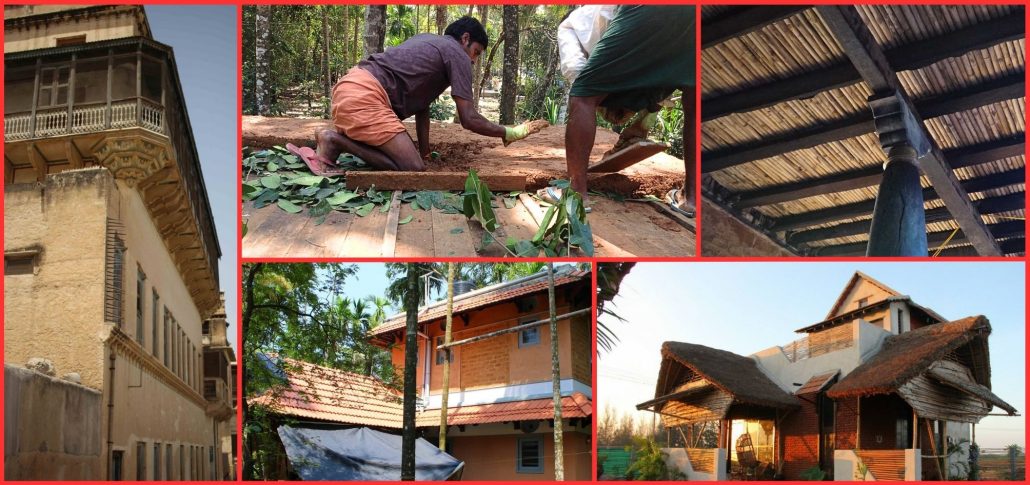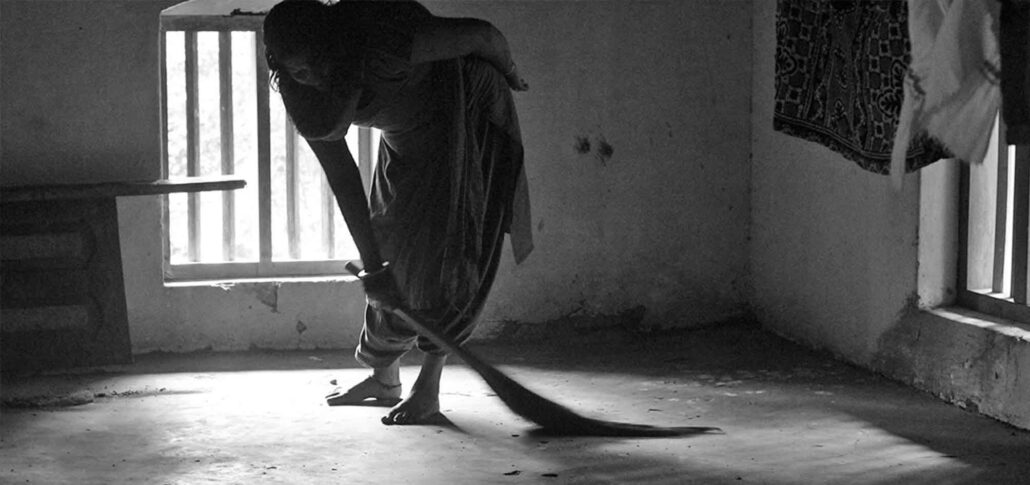
8 Flat Roofing Techniques for Natural Buildings You Need to Know
Learn about 8 flat roofing techniques for natural buildings without using cement, from mud to limecrete, and traditional methods from India.

Learn about 8 flat roofing techniques for natural buildings without using cement, from mud to limecrete, and traditional methods from India.

In a village called Tehla near Jaipur, crushed lime waste ‘Bagra’ is extensively used for mortars, plasters as well as for making flat lime roofs. These exemplify the beauty, strength and possibilities that lie within a natural material like lime.

Patod stone house Rajasthan are entirely made using slabs of the pink sandstone known as Jodpuri patti.Same stone for the columns,rafters & roofing members.

Raman Cheruvayal’s home, a traditional paddy farmer who collects indigenous seeds, setting an example for all the farmers to be in touch ..

The Wattle & Daub Cottage at Sukrishi farm in Bangalore, India. With a making of cottage Video and an illustrated guide to cob, wattle and Daub construction

One of the oldest houses of Wayanad, this cob and straw thatch house is a proof of the resilience of a natural material as humble as mud, standing tough for over 300 years

Three people and their Mannu Veedu (mud homes) that are nothing short of a revolutionary movement in the realm of sustainable living in a crisis laden Wayanad.

Documentation about using Karingota leaves to do an earthen roof over a cob home – Re”searching” past and materials for better future.

Traditional earthen roof with a vapor barrier in 3 Storey home in two floors made with out concrete but mud and eeta leaves
